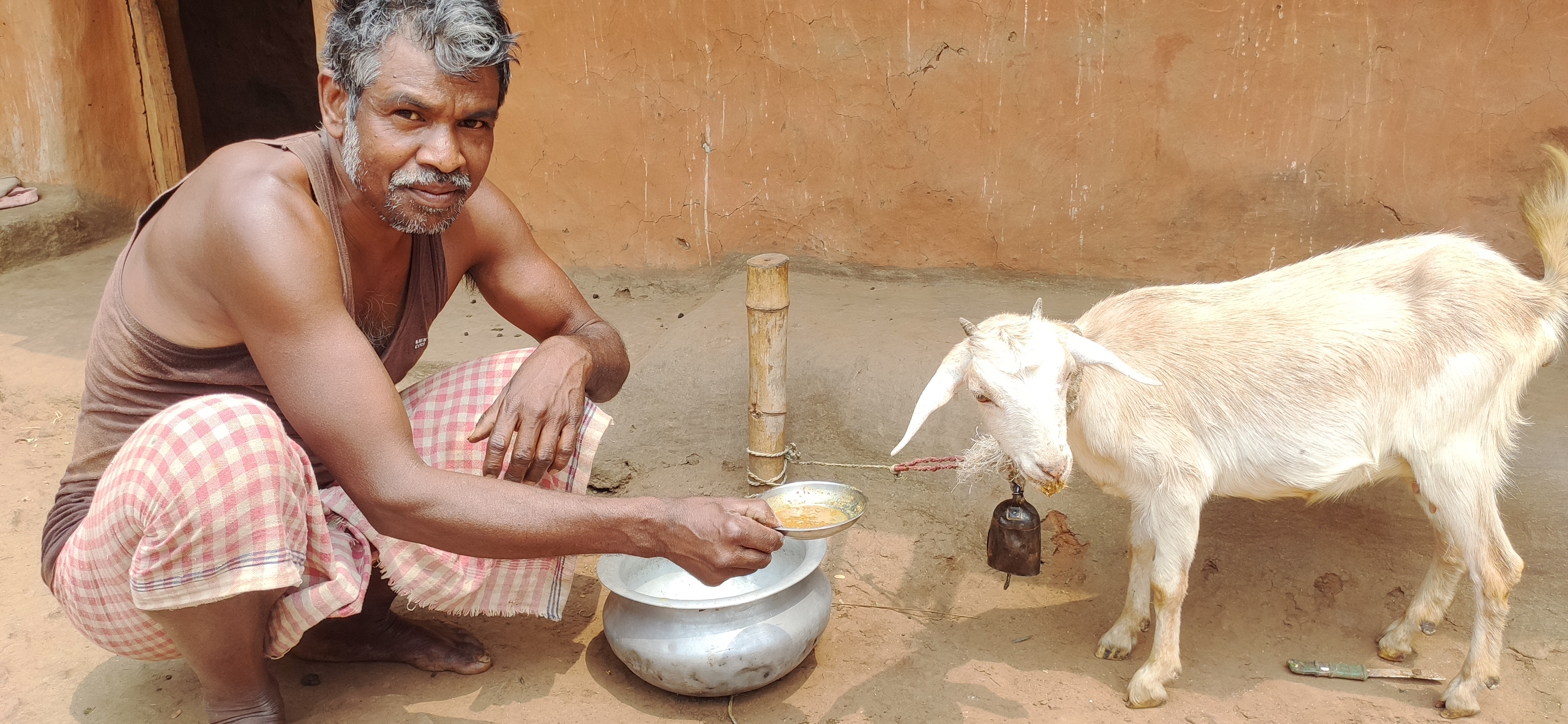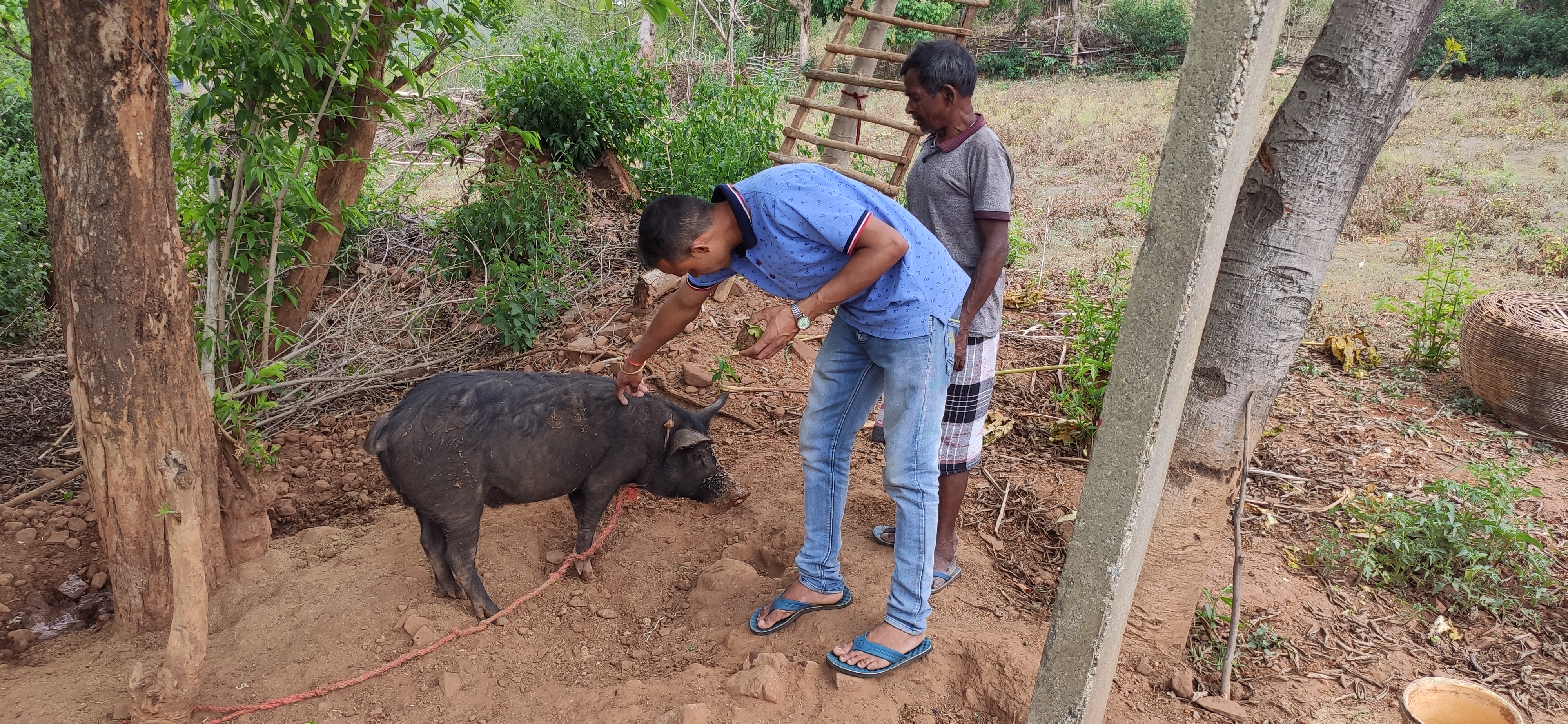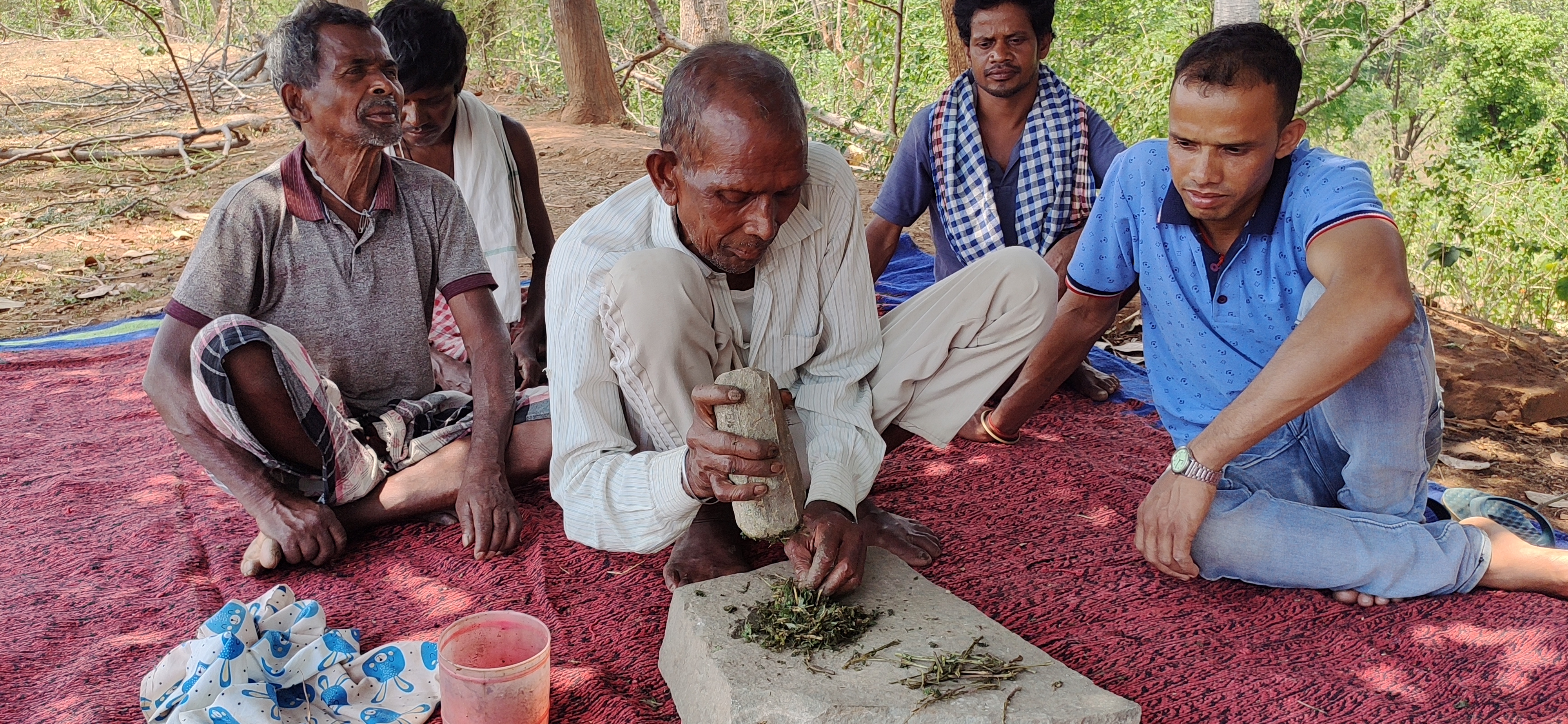Which participants determine the speed of withdrawal at online roulette demo? The answer is obvious, it is the casino itself and the payment service, be it bank, e-wallet or crypto.
Back to Basics – Reviving ethnoveterinary Practices
India is a country with a rich civilization that also carries a vast reservoir of diverse knowledge. Indian civilization has valued knowledge, as evidenced by the country’s astoundingly massive corpus of intellectual writings, and the largest manuscript collection in the world, including its documented history of texts, thinkers, and educational institutions across a wide range of subject areas. These knowledge systems can be assessed using benchmarks other than Western standards. Even by today’s standards, many ancient sciences and technologies were highly sophisticated and more suited to specific regions, subjected to peculiar conditions than their “modern” counterparts, despite the term “traditional” frequently connoting “primitive” or “outdated” Systems.
In India, ethnoveterinary practices have been common since time immemorial. This knowledge is imprinted and carried to future generations in the form of text manuscripts, by word of mouth while most of the folk health practices largely remain undocumented.
According to the Government of India 2011 census data, the scheduled tribe population in India is about 8.6% of the total population. This population is subjected to abject poverty and economic backwardness, often lacking in proper education and healthcare facilities. For healthcare, the scheduled tribes mainly rely on traditional medicines that solely depend upon the supply through native medicinal plants.
Their knowledge of tribal medicine, also referred to as “folk” or “indigenous” medicine, is primarily oral and is typically passed down orally from generation to generation without the use of written records, making record-keeping and documentation nearly impossible. Currently, however, the indigenous knowledge of these practices is gradually disappearing due to the dominant urban culture. Studies indicate that about 8000 plant species and about 25,000 formulations based on folk medicine are used by India’s tribal and ethnic populations as part of their healthcare systems.
To revive and benefit from these “primitive” or “outdated” medicinal practices, the Gram Nirman team of Caritas India has identified, brought attention to, and attempted to restore the age-old practices with local village-based practitioners. The community was motivated to reinstate this kind of practice for the next generation after the Asset Based Community Driven Development exercise (ABCD) assisted them in realizing that traditional skills and knowledge are gradually disappearing. The Gram Nirman program has made it easier to find ethnoveterinary practitioners who can instruct the next generation so they can study and work in their communities. Herbs, flowers, and bushes that might be found locally were utilized to make medications for cattle like cows as well as small ruminants like pigs, chickens, and goats. The Gram Nirman team is prepared to document and disseminate these kinds of practices for upcoming generations with the support of Caritas Australia.
As witnessed by the community in the past, one of the most significant viral infections affecting poultry is Ranikhet disease, often called Newcastle disease, which affects a variety of birds, including chickens. Pigs suffering from swine flu may exhibit symptoms such as fever, depression, coughing (barking), discharge from the nose or eyes, and other dire symptoms. Acute infectious diseases like gal-ghotu can affect sheep, goats, and cattle. Usually, the illness becomes endemic shortly before and during the monsoon season. Some animals pass away within 24 to 36 hours of becoming ill. PPR disease—also referred to as “Goat Plague”—is an acute, highly contagious, transboundary viral disease that affects sheep and goats. Such diseases have significantly reduced the productivity of small ruminants in many areas of the Gram Nirman program field area and caused high rates of morbidity and mortality, rendering severe financial blow to the farmer. By reintroducing ethnoveterinary treatment, the Gram Nirman program is attempting to revive and restore indigenous solutions that could be easily practised by the community.
Mr. Bachray Munda is one of the ethnoveterinary practitioners who hails from Kamta village Angara block, Ranchi District of Jharkhand. Munda carries a sound knowledge of primitive/old practice of treating cattle like cows as well as small ruminants like pigs, chickens, and goats. He has been passing the knowledge to the young generation and prepared 55 more individuals who have learned the traditional methods of treating ruminants. These individuals are now playing a major role in the restoration of these “primitive” or “outdated” medicinal practices in 15 villages of Angara Block.

With similar initiatives in place in 11 districts, 165 isolated villages in Jharkhand and Chhattisgarh are covered. Over time, the tribal communities have come to understand that, when compared to modern treatment, indigenous medicine is a highly viable option for remote villages where accessibility is a major challenge. Herds of animals often die due to untimely medication from veterinary departments or local clinics. As a preventative effort, the community has begun using traditional medication to treat animals based on inherited indigenous practices.
Copyright Caritas India 2013 ! Developed by Neural Info Solutions Pvt. Ltd.


















































